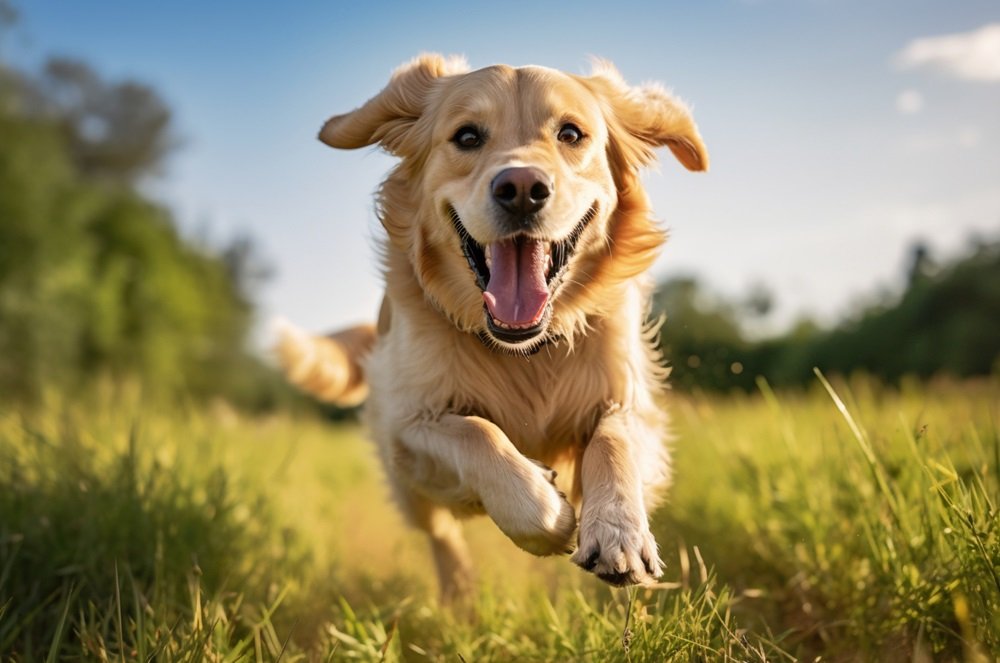Resource guarding is a common behavior in dogs, where they become protective of their food, toys, or other items and may growl, snap, or even bite when someone tries to take them away. This behavior can be frustrating and even dangerous for dog owners and their families. Stopping a dog from resource guarding is crucial for maintaining a safe and harmonious household.
Why Resource Guarding is a Problem
Resource guarding can lead to a range of issues, including increased aggression, fear-based behaviors, and even conflicts with other pets or people in the household. It can also create a sense of anxiety and stress for the dog, making it harder for them to relax and enjoy their surroundings.
The Consequences of Not Addressing Resource Guarding
If left unchecked, resource guarding can have severe consequences, including:
- Increased aggression towards people and other animals
- Difficulty in training and socializing the dog
- Strained relationships with family members and other pets
- Potential for the dog to become fearful or anxious
Fortunately, with the right approach and training, it is possible to stop a dog from resource guarding and create a more harmonious and peaceful environment for everyone.
How to Stop a Dog from Resource Guarding
In this article, we will explore the causes of resource guarding, the signs to look out for, and most importantly, the effective strategies and techniques to help your dog overcome this behavior. By the end of this article, you will have a better understanding of how to address resource guarding and create a safer and more enjoyable environment for your dog and your family.
How To Stop Dog From Resource Guarding
Resource guarding is a common behavioral issue in dogs, where they become protective of their food, toys, or other resources and may growl, snap, or even bite when someone tries to take them away. If left unchecked, resource guarding can lead to more serious behavioral problems and even put people at risk of injury. In this article, we will explore the causes of resource guarding and provide practical tips on how to stop your dog from resource guarding.
Understanding Resource Guarding
Resource guarding is a natural behavior in dogs, as they have an instinct to protect their food and other resources from predators and competitors. However, in domesticated dogs, this behavior can be exaggerated and become a problem if not addressed. Dogs may resource guard due to a variety of reasons, including: (See Also: Do Dogs Pant In Their Sleep)
- Fear and anxiety: Dogs may feel threatened or anxious when someone approaches them while they are eating or playing with a toy.
- Ownership and possession: Dogs may feel a strong sense of ownership and possession over their resources, and may become protective of them.
- Learning and reinforcement: Dogs may learn to resource guard through reinforcement, such as being rewarded for guarding their resources.
Signs of Resource Guarding
Resource guarding can manifest in different ways, including:
- Growling or snarling: Dogs may growl or snarl when someone approaches them while they are eating or playing with a toy.
- Stiffening or freezing: Dogs may stiffen or freeze when someone approaches them, indicating that they are feeling threatened or anxious.
- Escaping or avoidance: Dogs may try to escape or avoid situations where they feel threatened or anxious.
How to Stop Your Dog from Resource Guarding
Stopping resource guarding requires patience, consistency, and positive reinforcement training. Here are some tips to help you stop your dog from resource guarding:
Desensitization and Counterconditioning
Desensitization and counterconditioning are effective techniques for stopping resource guarding. The goal is to help your dog associate the presence of others with positive outcomes, rather than feeling threatened or anxious.
- Start by exposing your dog to the stimulus: Begin by exposing your dog to the stimulus that triggers resource guarding, such as a toy or food, while keeping a safe distance.
- Reward calm behavior: Reward your dog for calm behavior, such as sitting or lying down, while the stimulus is present.
- Gradually increase exposure: Gradually increase the amount of time your dog is exposed to the stimulus, while continuing to reward calm behavior.
Teaching Alternative Behaviors
Teaching alternative behaviors can help your dog learn to share resources and reduce resource guarding. Here are some tips:
- Teach “drop it”: Teach your dog to drop a toy or object on command, and reward them for doing so.
- Teach “leave it”: Teach your dog to leave a toy or object alone, and reward them for doing so.
- Teach “take it”: Teach your dog to take a toy or object from you, and reward them for doing so.
Managing Resource Guarding
Managing resource guarding requires setting clear boundaries and rules, and being consistent in enforcing them. Here are some tips: (See Also: Will A Dog Eat Itself To Death)
- Set clear boundaries: Set clear boundaries around resource guarding, and make sure everyone in the household is aware of them.
- Be consistent: Be consistent in enforcing the boundaries and rules you have set.
- Use positive reinforcement: Use positive reinforcement training to encourage good behavior and reduce resource guarding.
Recap
Resource guarding is a common behavioral issue in dogs, but it can be stopped with patience, consistency, and positive reinforcement training. By understanding the causes of resource guarding, recognizing the signs, and using desensitization and counterconditioning, teaching alternative behaviors, and managing resource guarding, you can help your dog overcome this behavior and live a happier, healthier life.
Remember to always prioritize your safety and the safety of others when dealing with resource guarding, and seek professional help if the behavior persists or worsens.
Here are five FAQs related to “How To Stop Dog From Resource Guarding”:
FAQs: How To Stop Dog From Resource Guarding
Q: Why is resource guarding a problem?
Resource guarding is a problem because it can lead to aggressive behavior, such as growling, snapping, or biting, when your dog feels like its food, toys, or other resources are being threatened. This behavior can be dangerous for both you and your dog, and it’s important to address it early on to prevent more serious issues from developing.
Q: What are some common triggers for resource guarding?
Common triggers for resource guarding include food, toys, attention, and even affection. If your dog feels like it’s being threatened or deprived of these resources, it may become aggressive to protect them. For example, if you’re preparing your dog’s meal and it sees you reaching for its food bowl, it may become defensive and try to guard its food.
Q: How can I prevent resource guarding in my dog?
Preventing resource guarding requires patience, consistency, and positive reinforcement training. Here are a few tips to get you started: 1) Feed your dog in a quiet, distraction-free area to reduce competition for food. 2) Use a slow-feeder bowl to reduce gobbling and make mealtime more enjoyable. 3) Gradually introduce new people, pets, and objects to your dog’s environment to help it become more comfortable with sharing resources. 4) Reward your dog for calm, relaxed behavior around food and toys. (See Also: Do Deer Eat Dog Poop)
Q: What are some signs that my dog is resource guarding?
Symptoms of resource guarding can include growling, snarling, snapping, or showing teeth when someone approaches its food, toys, or other resources. Your dog may also become stiff or rigid, or try to move away from the resource to protect it. If you notice any of these signs, it’s important to address the behavior immediately to prevent escalation.
Q: How can I address resource guarding behavior in my dog?
Addressing resource guarding behavior requires a gentle, positive approach. Here are a few steps you can follow: 1) Identify the resource that’s triggering the behavior and remove it from the situation. 2) Reward your dog for calm, relaxed behavior around the resource. 3) Gradually reintroduce the resource, while continuing to reward good behavior. 4) Be patient and consistent, as addressing resource guarding can take time and practice.


